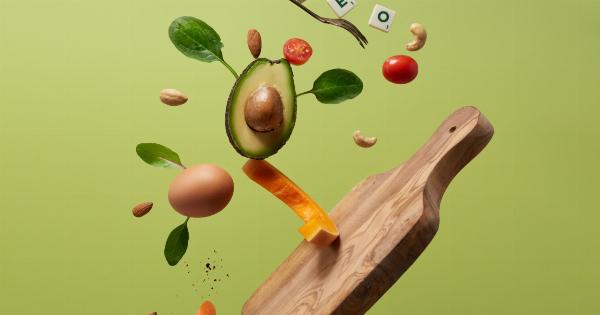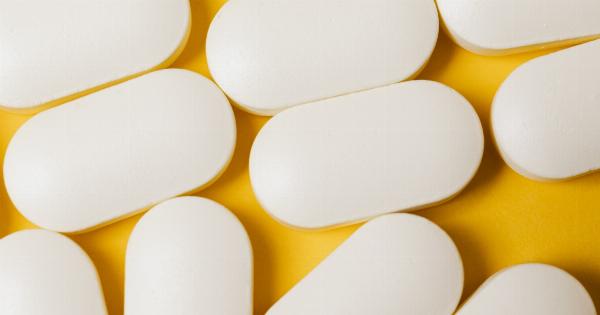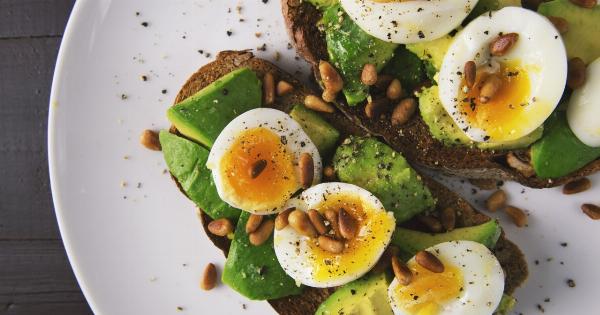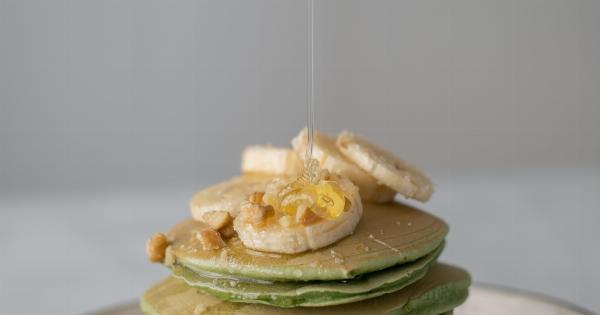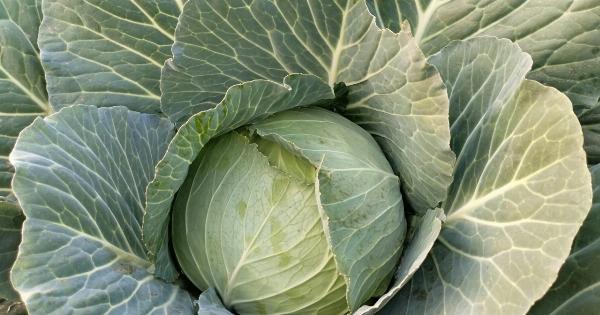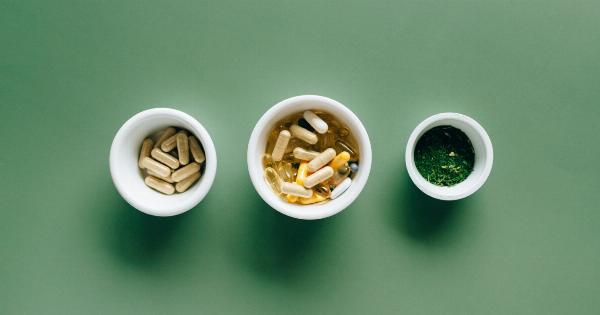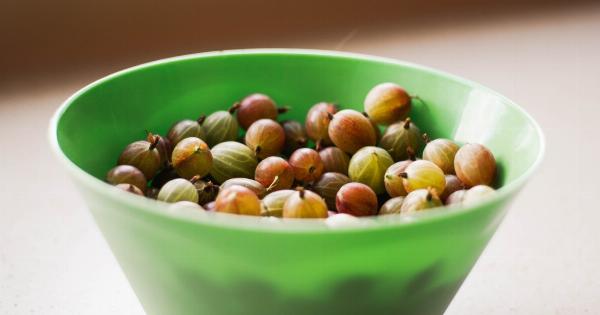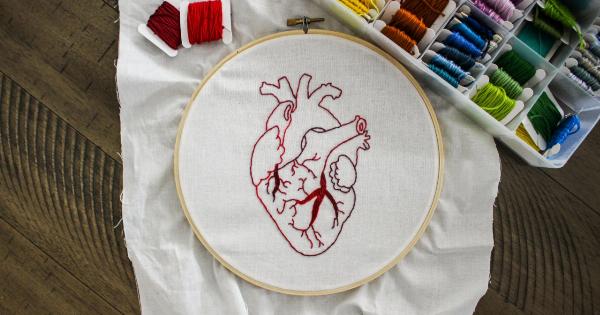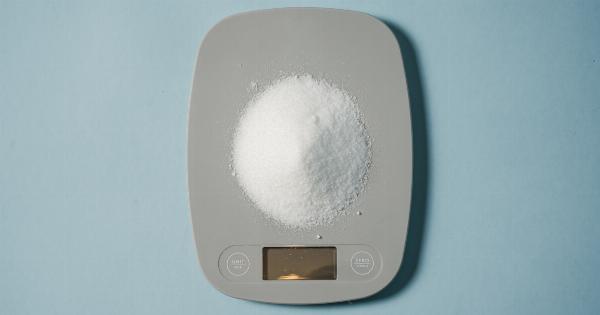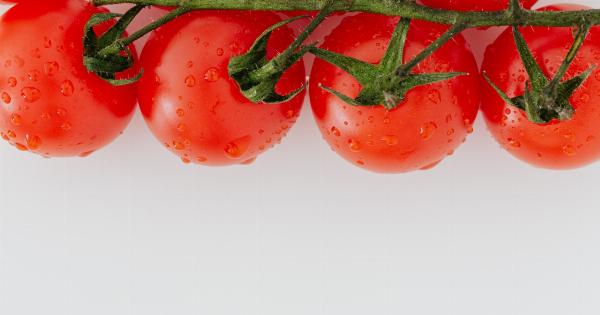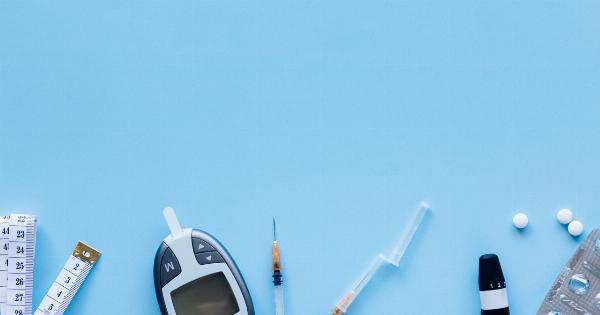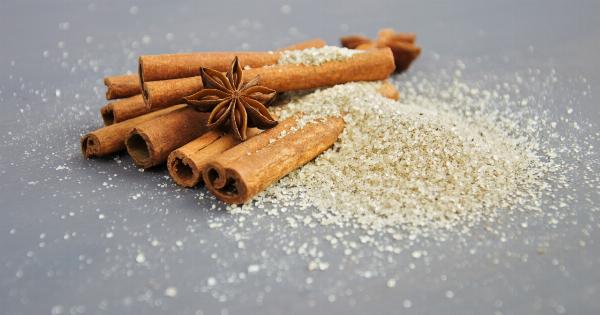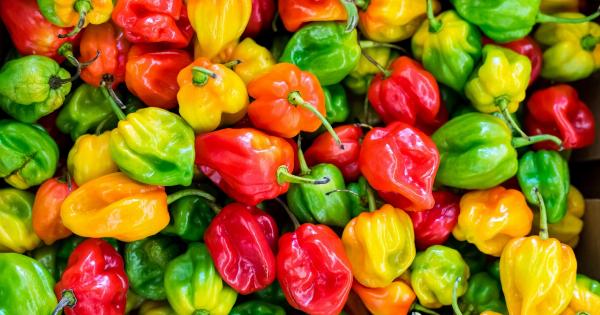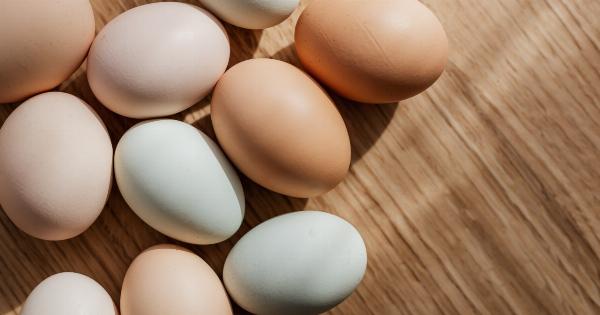When it comes to managing blood sugar levels, one of the most effective ways is to consume low glycemic index (GI) foods. The glycemic index is a scale that ranks carbohydrates based on how quickly they impact blood sugar levels.
Foods with a low GI value (55 or less) are digested more slowly, leading to a more gradual rise in blood sugar levels. This can be particularly beneficial for individuals with diabetes or anyone looking to maintain stable blood sugar levels. Here are 30 delicious low GI foods that you can incorporate into your diet.
1. Apples
Apples are not only tasty but also rich in fiber, which slows down digestion and contributes to a steady release of glucose into the bloodstream.

2. Berries
Strawberries, blueberries, raspberries, and other berries are packed with antioxidants and have a low GI, making them ideal for controlling blood sugar levels.

3. Chickpeas
Chickpeas, also known as garbanzo beans, are a great source of protein and high in fiber. They have a low GI, making them a fantastic addition to salads, soups, and stews.

4. Quinoa
Quinoa is a grain-like seed that is high in protein and low in carbohydrates. It is rich in fiber and has a low GI, making it a nutritious option for those seeking stable blood sugar levels.

5. Sweet Potatoes
Despite their sweetness, sweet potatoes have a low GI due to their high fiber content. They are a delicious and versatile option for managing blood sugar levels.

6. Lentils
Lentils are a fantastic plant-based protein source that is low in fat and high in fiber. They have a low GI and can help regulate blood sugar levels when consumed regularly.

7. Greek Yogurt
Greek yogurt is a protein-packed and low GI food that can help control hunger and maintain stable blood sugar levels. Opt for plain varieties without added sugars for maximum benefits.

8. Oatmeal
Oatmeal is a classic breakfast option that is not only filling but also has a low GI. This whole grain is rich in fiber and can provide sustained energy throughout the day.

9. Broccoli
Broccoli is a nutrient-dense vegetable that is low in calories and carbohydrates. It has a low GI value and is packed with vitamins, minerals, and fiber.

10. Nuts
Nuts, such as almonds, walnuts, and pistachios, are excellent sources of healthy fats and protein. They have a low GI and can help manage blood sugar levels when consumed in moderation.

11. Peppers
Peppers, whether red, green, or yellow, are low in carbs and have a low GI. They are loaded with vitamins and antioxidants, making them a great addition to your meals.

12. Avocados
Avocados are rich in monounsaturated fats, which can improve insulin sensitivity and help regulate blood sugar levels. They have a low GI and are incredibly versatile in various dishes.

13. Spinach
Spinach is a leafy green vegetable that is low in carbs and calories. It has a low GI and is packed with iron, vitamins, and minerals.

14. Eggs
Eggs are a protein powerhouse with a low GI. They are excellent for blood sugar management and can keep you feeling full for longer periods.

15. Tomatoes
Tomatoes are not only tasty but also low in carbs and have a low GI value. They are loaded with vitamins, antioxidants, and fiber.

16. Salmon
Salmon is an excellent source of omega-3 fatty acids and high-quality protein. It has a negligible GI value and can promote heart health and stabilize blood sugar levels.

17. Whole Grain Bread
Opt for whole grain bread instead of refined white bread to benefit from its low GI value. It is higher in fiber and nutrients, making it a healthier choice for managing blood sugar levels.

18. Oranges
Oranges are not only refreshing but also have a low GI due to their high fiber content. They are rich in vitamin C and can be a nutritious snack for those managing blood sugar levels.

19. Cabbage
Cabbage is a cruciferous vegetable that is low in carbs and has a low GI value. It is also rich in antioxidants and can help support overall health.

20. Chia Seeds
Chia seeds are packed with fiber, healthy fats, and various nutrients. They have a negligible GI value and can help regulate blood sugar levels when added to smoothies, yogurt, or oatmeal.

21. Carrots
Carrots are a crunchy and nutritious vegetable with a low GI value. They are rich in beta-carotene, fiber, and antioxidants, making them a great snack for blood sugar management.

22. Greek Salad
A Greek salad made with cucumbers, tomatoes, olives, feta cheese, and olive oil is a low GI option that combines various nutritious ingredients. It’s a tasty and satisfying choice for blood sugar control.

23. Green Beans
Green beans are a low GI vegetable that is high in fiber and vitamins. They are a versatile addition to many dishes and can aid in stabilizing blood sugar levels.

24. Tofu
Tofu is a plant-based protein source with a low GI. It can be used in stir-fries, salads, or grilled for a delicious and nutritious meal option.

25. Cauliflower
Cauliflower is a versatile vegetable with a low GI value. It can be used as a healthy alternative to rice or mashed potatoes, and it provides a wealth of nutrients.

26. Cottage Cheese
Cottage cheese is a low GI dairy option that is high in protein and calcium. It can be a satisfying and nutritious snack for blood sugar management.

27. Mushrooms
Mushrooms are low in carbohydrates and have a minimal impact on blood sugar levels. They are nutrient-dense and can be incorporated into various dishes.

28. Brown Rice
Brown rice is a whole grain with a low GI value and higher fiber content than white rice. It can help regulate blood sugar levels and provide additional nutrients.

29. Zucchini
Zucchini is a low GI vegetable that is rich in water and fiber. It can be spiralized, grilled, or added to soups and stir-fries for a nutritious meal option.

30. Pears
Pears are a juicy fruit with a low GI and high fiber content. They make for a delicious and nutritious snack to help manage blood sugar levels.






